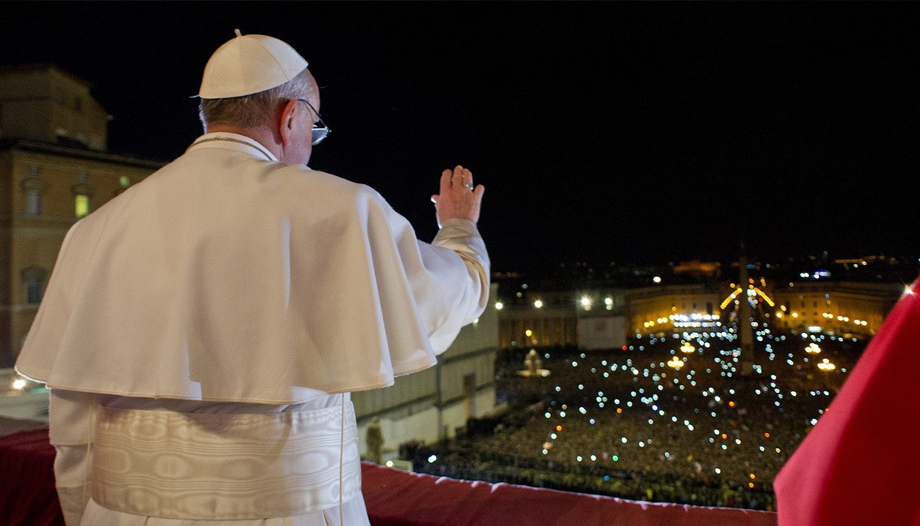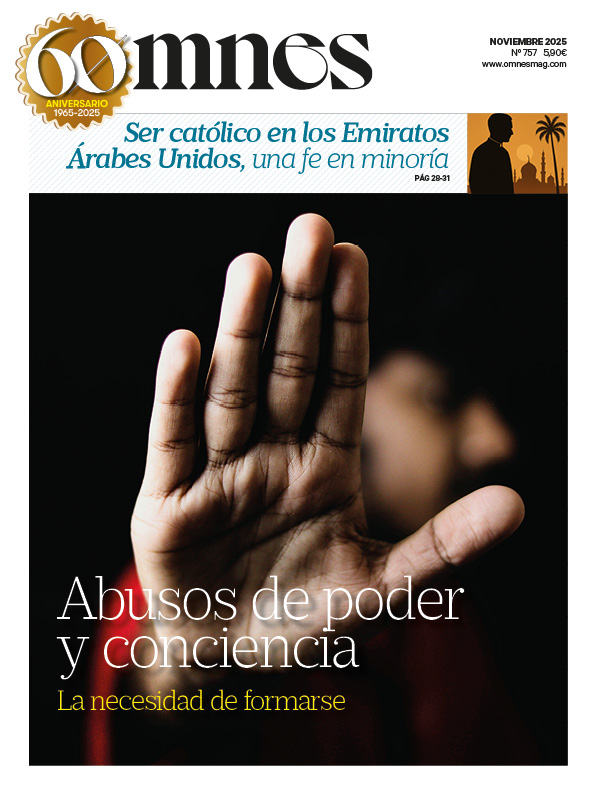March 13 marked a new anniversary of the moment when a bishop of Rome arrived "from the end of the world"We prayed for the first time in the loggia of the Vatican Basilica. On that rainy afternoon we prayed with the Pope, whose name was Francis, and heard the phrase that has become the ritornello with which he concludes each one of his interventions: "pray for me".
Perhaps we did not perceive then the transcendence of the choice of name. Now, looking back on eight years of pontificate, it is clear that Francis' mission - as he did nine centuries earlier - was to give the Pope a new name. il poverello di Assisi- has been to return to the heart of the Church a central aspect of the Gospel: love for the poor. All his words, gestures and pastoral action have revolved around this axis of mercy.
The Holy Father has given us unique images such as the Mass he celebrated in Lampedusa, on his first trip as pontiff and in the midst of the migratory crisis, carrying a staff made from the wood of a shipwrecked cayuco. Or the opening of the holy door in the cathedral of Bangui, the capital of the Central African Republic, during the Jubilee Year of Mercy. Or his tour of the refugee camp of Moria, on the Greek island of Lesbos, together with Patriarch Bartholomew and Archbishop Ieronymos. Not to mention the blessing urbi et orbi which he gave in a deserted St. Peter's Square, March 27, 2020The pandemic has claimed millions of lives in little more than a year.
In his first meeting with the press, on March 16, 2013, the Pope expressed this wish: "How I would love a poor Church for the poor!"and spoke of St. Francis as "the man of poverty, the man of peace, the man who loves and guards creation". Taking the mendicant saint as a model, he signed encyclicals such as the Laudato Si' or the Fratelli Tutti.








